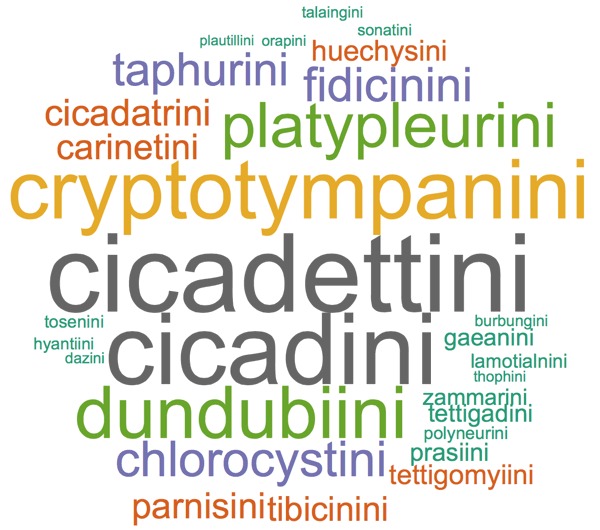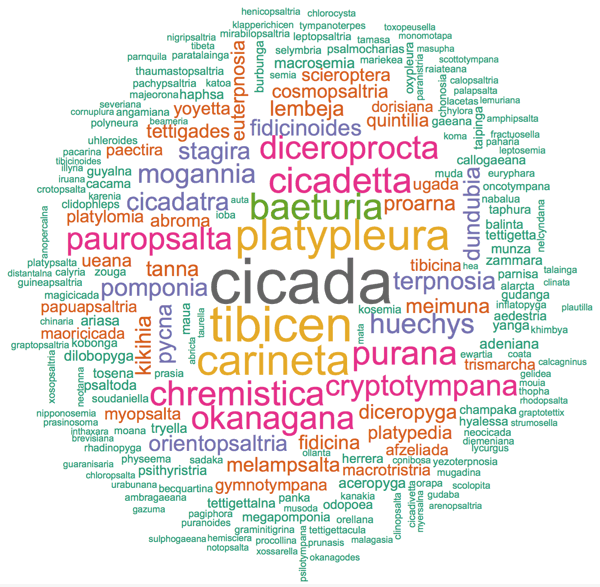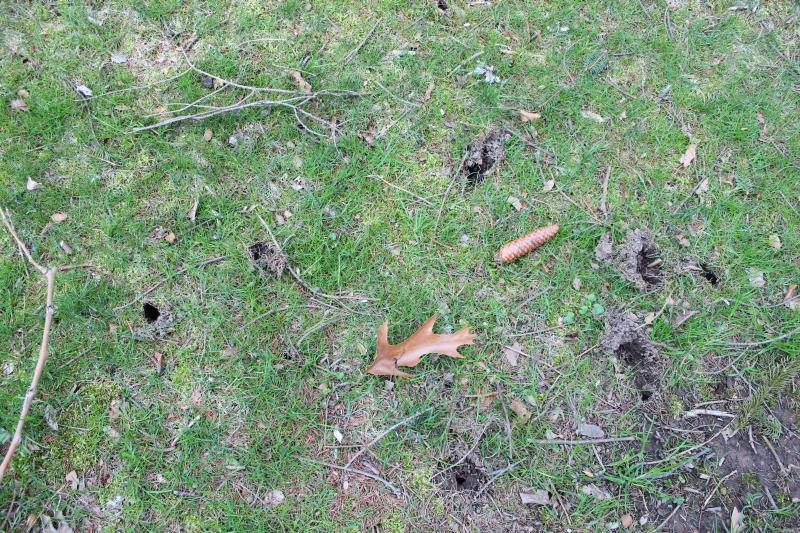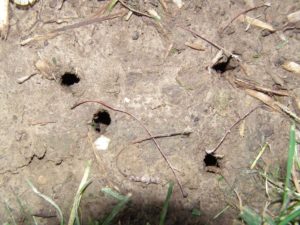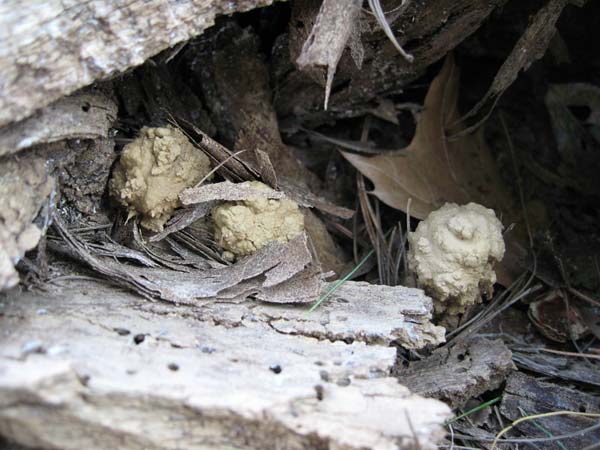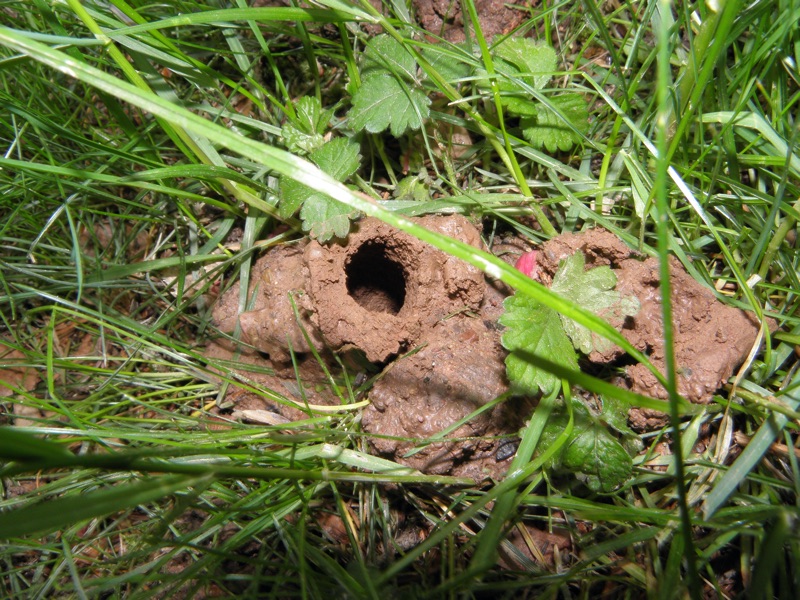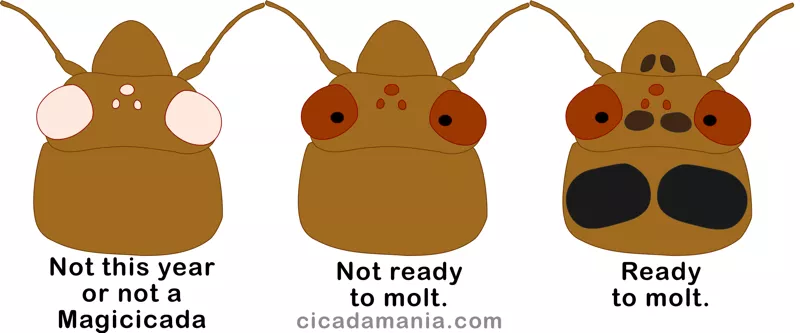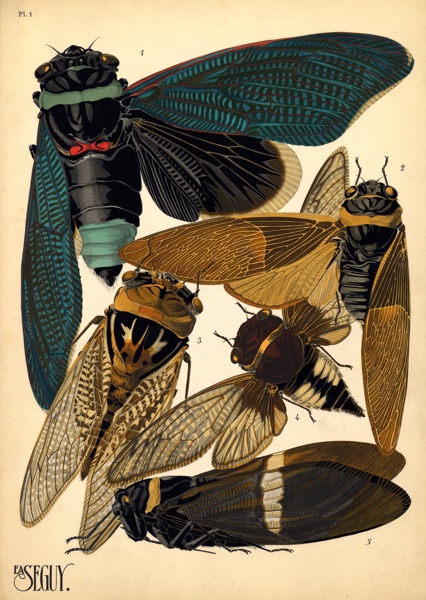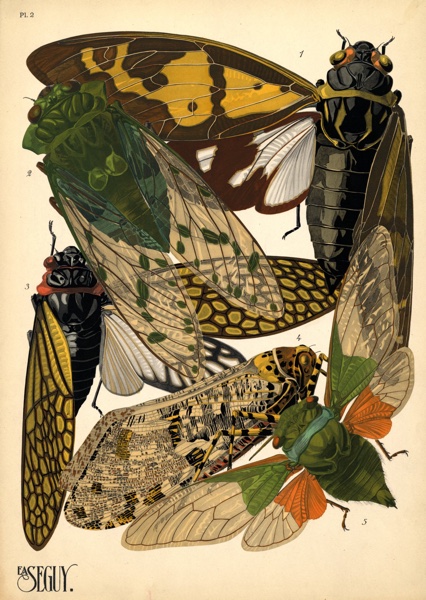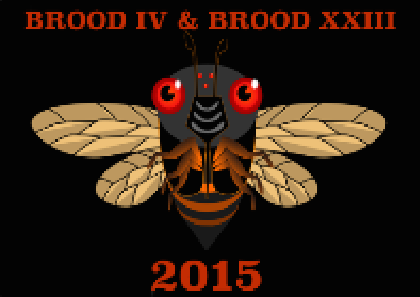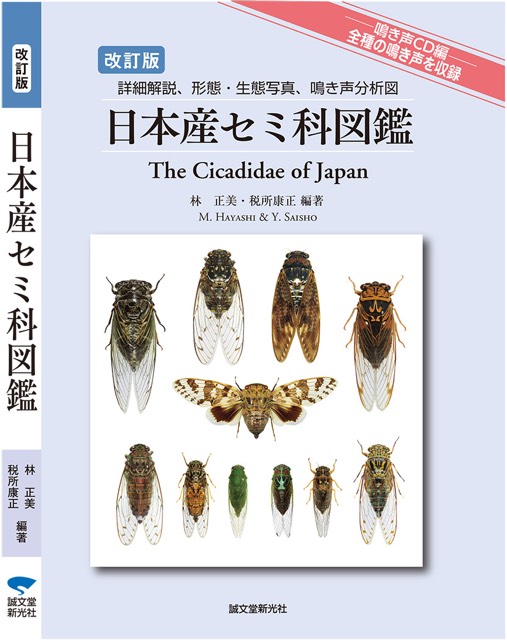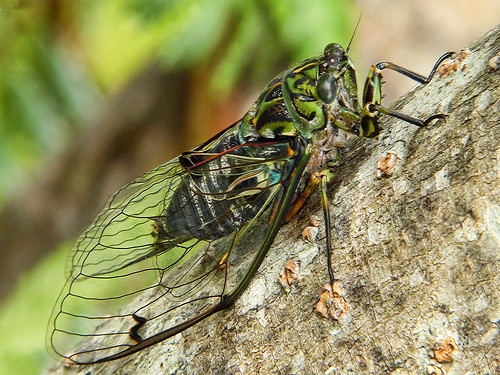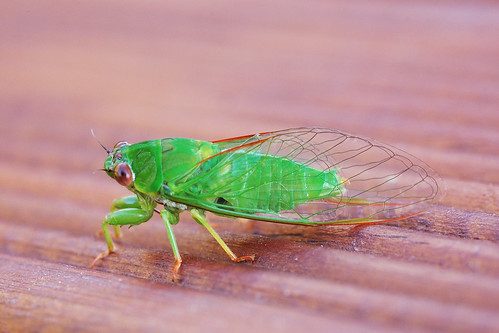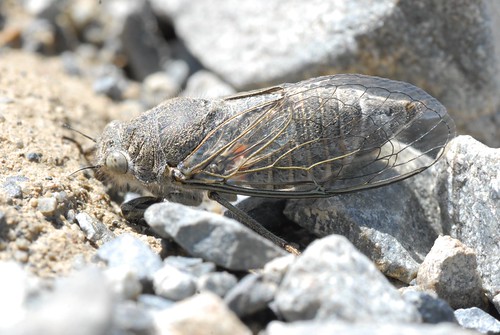Allen F. Sanborn & Maxine S. Heath published a new paper about cicadas titled The cicadas of Argentina with new records, a new genus and fifteen new species (Hemiptera: Cicadoidea: Cicadidae) in Zootaxa Vol 3883, No 1, in November of 2014. Website for the document.
The abstract of the paper reveals some exciting discoveries:
- 108 species belonging to 37 genera, eight tribes, and three subfamilies of cicadas are represented in the Argentine cicada fauna.
- The new genus is Torresia Sanborn & Heath gen. n.
- New species:
- Adusella signata Haupt, 1918 rev. stat.
- Alarcta micromacula Sanborn & Heath sp. n.
- Chonosia longiopercula Sanborn & Heath sp. n.
- Chonosia septentrionala Sanborn & Heath sp. n.
- Dorisiana noriegai Sanborn & Heath sp. n.
- Fidicinoides ferruginosa Sanborn & Heath sp. n.
- Guyalna platyrhina Sanborn & Heath sp. n.
- Herrera humilastrata Sanborn & Heath sp. n.
- Herrera umbraphila Sanborn & Heath sp. n.
- Parnisa lineaviridia Sanborn & Heath sp. n.
- Parnisa viridis Sanborn & Heath sp. n.
- Prasinosoma medialinea Sanborn & Heath sp. n.
- Proarna alalonga Sanborn & Heath sp. n.
- Proarna parva Sanborn & Heath sp. n.
- Torresia lariojaensis Sanborn & Heath sp. n.
- Torresia sanjuanensis Sanborn & Heath sp. n.
The document is 94 pages long.

